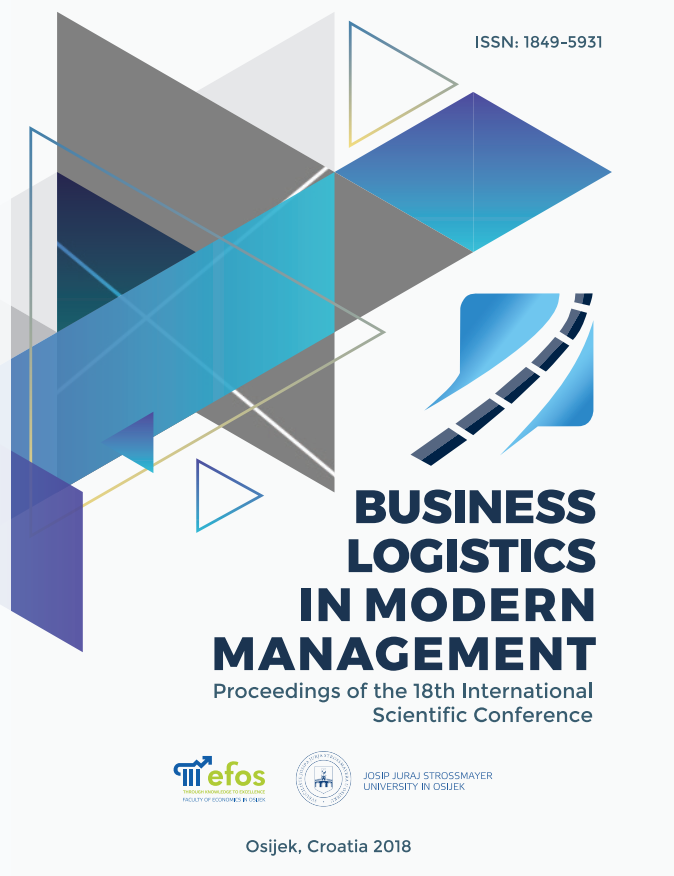ISSUES OF SUSTAINABLE URBAN MOBILITY SIMULATION
Abstract
To achieve the high level of sustainability according to the triple bottom-line criteria – economic, ecological and social factors, it is important to look at organization of urban habitat and transportation systems. In the XXI century the transport issue of a modern city has changed: instead of having maximum vehicles’ throughput capacity, it is essential to reach the top figures in passengers’ pass-through operating flow. At the same time, the transport systems should be user- and environmentally friendly, involve the principles of livability and multimodalism. This work examines experience of European cities in creating sustainable transport environment and suggests some measures for implementation of sustainable development in Russia, based on this expertise, regarding regional specifics of Russian cities. The important role of transportation hubs (TH) is shown. In this connection, the goal of the work is the creation and software implementation of the generalized mathematical model of TH, and its identification for the TH of Ekaterinburg. The BMAP model is used to describe the traffic in passenger transport hubs (PTH). The stochastic model of PTH operation is represented in the form of a multiphase non-Markov queuing system. In addition to mathematical simulating, the article discusses the issues of PTH interior space design modeling based on futuristic principles, using technologies of the future, but aimed at mass consumer. These ideas are not intended for immediate implementation, but give further prospects for the development of sustainable environment and transport systems in a modern city.
Key words: mobility-friendly environment, multi-modal passenger transportation, passenger transport hub, mathematic simulation, queuing systems.

